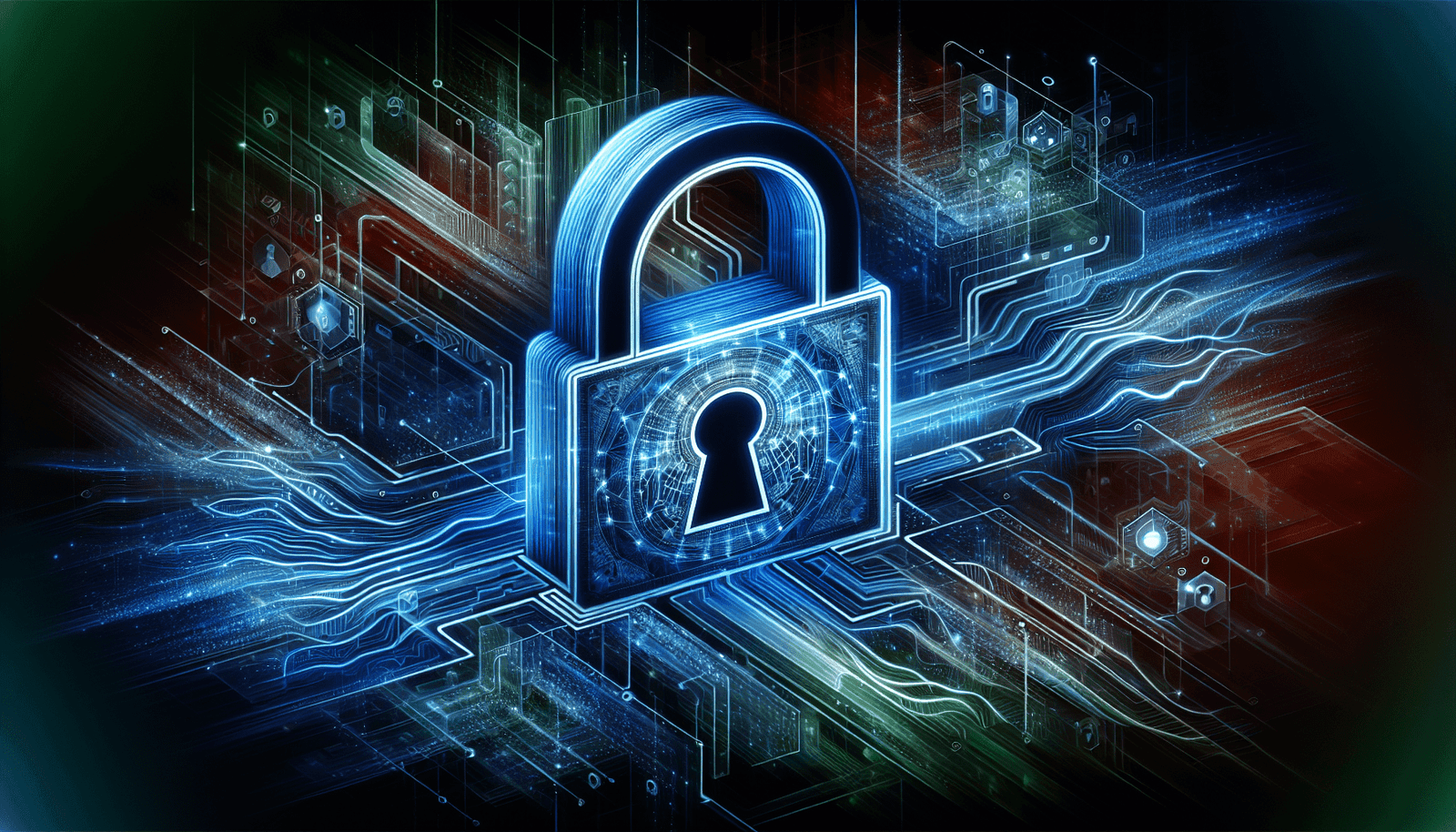How confident do you feel about the security of your online webinars? It’s becoming increasingly crucial to ensure that your digital events are protected from unwanted disruptions or data breaches. In this article, we’ll thoroughly investigate how secure StreamYard webinars really are, equipping you with all the details you need to determine if it meets your security needs.
Overview of StreamYard
StreamYard is a popular platform designed for live streaming and webinars. Its user-friendly interface and robust features make it a go-to for many content creators and businesses. However, as with any platform handling live broadcasts and sensitive user data, security is a significant consideration.
What is StreamYard?
StreamYard is a live streaming studio in your browser that enables you to broadcast directly to platforms like Facebook, YouTube, LinkedIn, and more. It supports features like screen sharing, multi-person interviews, branded graphics, and live audience interactions. The simplicity of its setup makes it appealing, but it also raises questions about how it maintains security for its users.
Why Consider Security in Webinars?
Webinars are not just about sharing content but also about fostering interaction and engagement with an audience. These events often involve personal and potentially sensitive information, turning security into a non-negotiable factor. From protecting participant data to ensuring the integrity of your broadcast, understanding the security measures of your webinar platform is essential.
Security Features of StreamYard
To protect your webinars and data, StreamYard incorporates several security features. Understanding these features can help you assess how well StreamYard can safeguard your content and audience.
Data Encryption
StreamYard uses encryption to protect data, ensuring that any information sent between you and the platform remains confidential. This encryption plays a critical role in preventing unauthorized parties from accessing your data during transmission.
User Access and Authentication
StreamYard ensures that only authorized users can access webinars through password protection and host authentication. The platform also offers user management functionality, enabling you to control who can join your sessions.
Privacy Settings
The platform allows hosts to control the visibility and accessibility of their webinars. You can manage whether your event is private or public and set other privacy options to suit your requirements. These settings are vital to prevent unwanted guests or disruptions.
Integration Security
When using StreamYard’s integration capabilities with other platforms like YouTube or Facebook, it’s crucial to consider security. StreamYard employs APIs to facilitate these connections, ensuring data integrity and secure communications between platforms.
Potential Risks and Concerns
Despite its array of security features, no platform is entirely void of risks. Here are some potential concerns you may need to consider when using StreamYard.
Data Breaches
Data breaches can happen to any online platform. While StreamYard has measures in place to mitigate such risks, the possibility is not eliminated. Always consider the types of data you share and how they could be affected if a breach occurred.
Unwanted Participants
Unwanted participants or ‘Zoom-bombing’ is a modern concern for webinars. Although StreamYard provides tools to manage access, it’s up to users to implement these effectively. Always use password settings and only share links with intended audiences.
Platform Vulnerabilities
Software platforms can have vulnerabilities due to outdated security patches or system architecture. Regular updates and monitoring by StreamYard aim to address these, but staying informed and cautious about possible issues is wise.
Best Practices for Enhancing Webinars’ Security
While StreamYard provides several layers of security, adopting best practices can enhance the overall security of your webinars.
Regularly Update Passwords
Using strong, unique passwords and updating them regularly is fundamental to maintaining security. This practice helps to prevent unauthorized access to your webinars.
Enable Two-Factor Authentication
Whenever possible, implement two-factor authentication (2FA) on your accounts. It adds an extra layer of protection, as it requires verification through a secondary device.
Monitor Access and Participation
Keep an eye on who’s accessing your webinars and ensure only authorized participants join. Use the platform’s management tools to track and verify attendance.
Educate Your Team and Participants
Educating your team on best security practices can significantly reduce risks. Encourage participants to only share links wisely and alert them to the importance of webinar security.
Use Secure Networks
Conduct webinars over secure and trusted networks. Avoid public Wi-Fi, as these can be targets for hackers looking to intercept data.
Comparing StreamYard’s Security to Other Platforms
Seeing how StreamYard stands against other platforms can further help you decide if it’s the right choice for you.
| Feature | StreamYard | Zoom | Microsoft Teams | Google Meet |
|---|---|---|---|---|
| Data Encryption | Yes | Yes | Yes | Yes |
| End-to-End Encryption | No | Optional | No | No |
| Two-Factor Authentication | No | Yes | Yes | No |
| Password Protection | Yes | Yes | Yes | Yes |
| Recording Encryption | Yes | Yes | Yes | Yes |
This table highlights that while StreamYard offers robust features, it may lack in areas such as end-to-end encryption, which could be crucial based on your specific security needs.
Conclusion
Determining the security of StreamYard webinars entails assessing your own needs and comparing them against the platform’s offerings. StreamYard provides many basic security measures like data encryption, user authentication, and privacy settings, but as with any platform, continuous advancements and user diligence are necessary.
Ultimately, while StreamYard acts as a secure option for many, always weigh its features against other popular platforms and consider adopting additional security practices to bolster your protection. By taking these steps, you ensure that your webinars are not only engaging and informative but also safe and secure.


